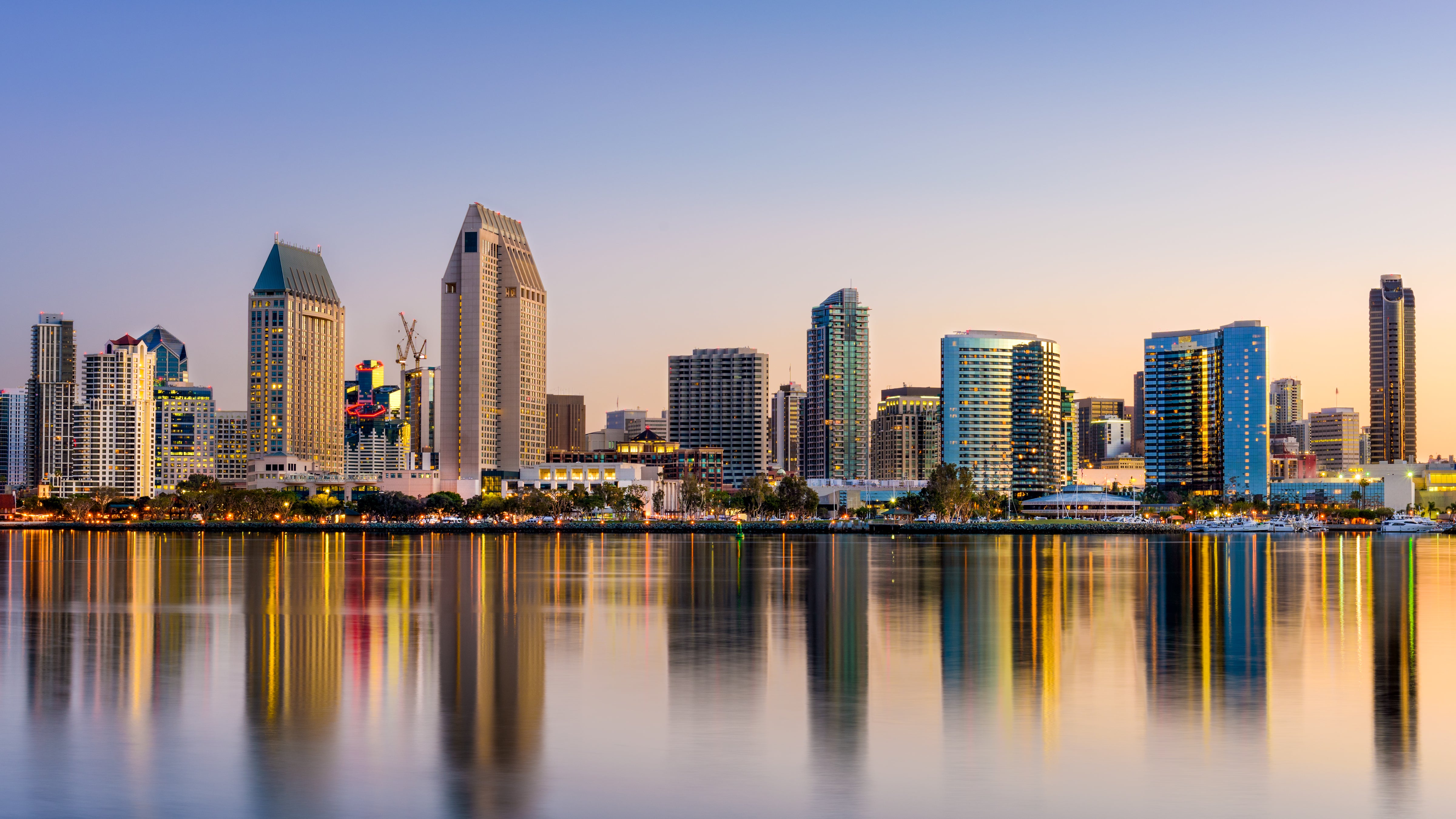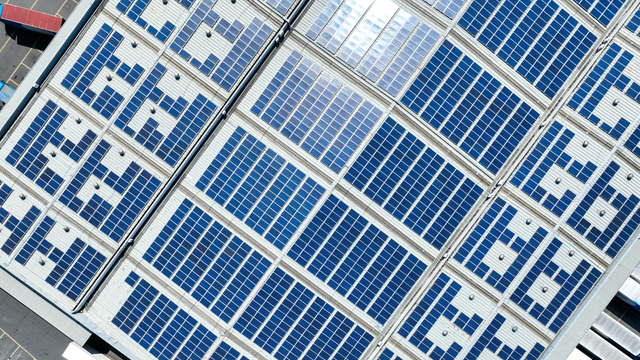Major energy shifts are afoot, and the United States will play a critical role going forward. The EIA projects that by 2022, the U.S. will become a net energy exporter, according to its newly released Annual Energy Outlook 2018. For natural gas, this shift will happen even earlier, around 2020, the EIA says.
The U.S. has become a major player in the global energy market, particularly when it comes to LNG. Armed with prolific amounts of natural gas, major suppliers are investing heavily in liquefaction. This, paired with strong international interest in converting oil-based power generation to gas-based power generation, sets the stage for the United States to play a large role in the world market.
North America Will Dominate LNG Exports
The south-central region of the U.S. is gushing with an oversupply of natural gas. The area is home to the massive Permian Basin, which stretches from southeastern New Mexico across west Texas, an area that is flush with associated natural gas, a byproduct of oil production.
As a result, American gas is cheap and plentiful, and major suppliers are making moves to capitalize on its availability. Because prices for natural gas are so low — and prices for oil remain high — the international market is taking note. Driven by global demand, major suppliers are now investing significantly in liquefaction facilities along the south-central coast of the U.S. — namely, the Gulf Coast — to turn this cheap gas into LNG, which is relatively easy to transport and requires minimal infrastructure.
Currently, the U.S. operates two LNG export facilities — Sabine Pass on the Louisiana/Texas border and Cove Point in Maryland — with four new facilities under construction in Texas and Louisiana that are scheduled for completion this year. A tremendous buildup of liquefaction capacity is expected as the U.S. continues to serve as the world’s net exporter of natural gas.
Growing Opportunity in the International Market
Natural gas oversupply and persistent low prices are making gas-to-power conversions increasingly attractive to the rest of the world. Countries that convert from oil to gas, particularly those that have traditionally run on diesel fuel oil, can cut their electric costs in half, balance their energy portfolios and comply with environmental regulations.
Case in point: One combined cycle project under way in Puerto Rico cost $30 million to convert from oil to natural gas. Based on current oil prices and the current low cost of LNG, the island nation stands to save approximately $20 million per month on power costs — not to mention the environmental benefits of powering a plant off natural gas rather than oil.
As a result, many developing regions are establishing gas-to-power markets that can accommodate imported supply. Island nations and coastal nations are prime targets, as integrated LNG receiving terminals and gas-fired generation plants can be built along their shores. There is growing interest in FLNG applications, which have a number of benefits over land-based LNG facilities, such as quicker, more flexible deployment schedules and reduced shoreline impacts.
New opportunities are arising in Africa (Ghana), Brazil, the Caribbean, Indonesia and East Asia. Earlier this year, Ireland announced that it would invest €500 million in infrastructure designed to boost its supply of renewable gas. Another big move is to bring gas to the Baja California region of Mexico, where most of the power generation is from oil.
Brexit Implications on Gas Market
The ramifications of Brexit, the United Kingdom’s contentious exit from the European Union (EU), will have an impact on the global natural gas market. The UK has trading agreements in place to protect the vital interconnector flows that supply Ireland, the UK and western Europe with natural gas. Because so many parties benefit from these flows, it remains likely that the trading agreements will remain largely protected. In the case of a “Hard Brexit” — where the UK walks away from the negotiating table rather than take a deal it considers insufficient — the UK system is set up in such a way that it could easily ramp up global LNG imports from countries other than in the EU, including the United States.
Russia continues to be the largest exporter of natural gas to Europe and the UK. But amid tightening tensions with the Kremlin, expect to see the EU, and the rest of the world, turn to new opportunities for cheap gas.
Trend: Battery Storage-Augmented Gas Turbines
Gas turbines and renewables are beginning to solve each other’s problems. Turbines have long played a central role in helping supply meet demand, given their ability to quickly flex up or down to demand peaks and dips. But their efficiency is diminished when running under or above optimal load.
Meanwhile, the rise of renewable energy sources promises to reduce our carbon footprint, but they also carry hazards for utility managers, as their variability and intermittency complicate load-balancing and grid-planning efforts. Enter the battery storage-augmented gas turbine, in which storage performs as a kind of reserve that springs to life to smooth and optimize turbine performance levels.
Conclusion
From the evolution of LNG and liquefaction to changes in gas production and transport, the volume of natural gas available to the global market is dramatically changing. No matter which direction the market winds blow, these trends and many others point to the U.S. bolstering its standing on the global natural gas stage. It promises to be an interesting decade, as the world’s thirst for natural gas reshapes the future of American energy exports.








